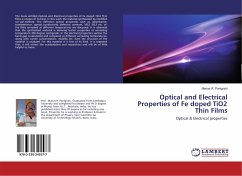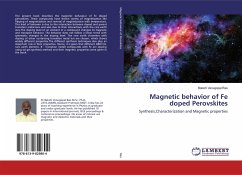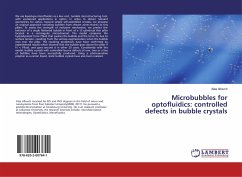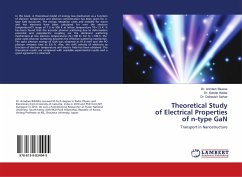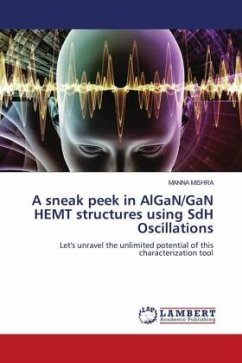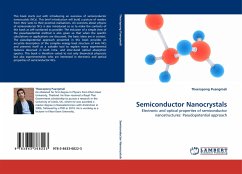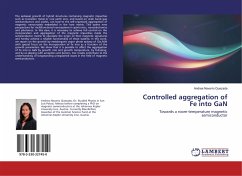
Controlled aggregation of Fe into GaN
Towards a room-temperature magnetic semiconductor
Versandkostenfrei!
Versandfertig in 6-10 Tagen
27,99 €
inkl. MwSt.

PAYBACK Punkte
14 °P sammeln!
The epitaxial growth of hybrid structures containing magnetic impurities such as transition metal or rare earth ions, and based on wide band gap semiconductors and oxides, can lead to the self-organized aggregation of magnetic nanocrystals embedded in the host matrix. This opens new perspectives for multifunctional nanosystems in spintronics, nanoelectronics and photonics. In this view, it is necessary to achieve full control on the incorporation and aggregation of the magnetic impurities inside the semiconductor matrix to elucidate the origin of their magnetic signatures and hereby achieve a ...
The epitaxial growth of hybrid structures containing magnetic impurities such as transition metal or rare earth ions, and based on wide band gap semiconductors and oxides, can lead to the self-organized aggregation of magnetic nanocrystals embedded in the host matrix. This opens new perspectives for multifunctional nanosystems in spintronics, nanoelectronics and photonics. In this view, it is necessary to achieve full control on the incorporation and aggregation of the magnetic impurities inside the semiconductor matrix to elucidate the origin of their magnetic signatures and hereby achieve a reliable functionality of these systems. In this work, we report on the growth by metalorganic vapor phase epitaxy of (Ga,Fe)N with special focus on the incorporation of Fe ions as a function of the growth parameters. We show that it is possible to a ect the aggregation of Fe ions in GaN by growth rate and growth temperature, by d-doping, and by co-doping with acceptors and donors. Our results contribute to the understanding of longstanding unexplained issues in the field of magnetic semiconductors.



